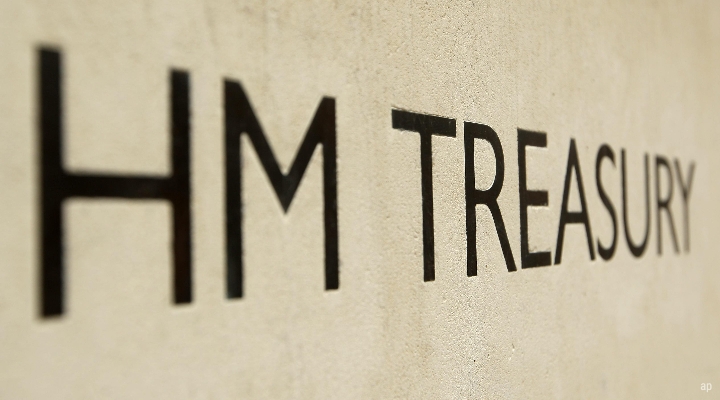
We’ve completed January and it’s time to look at the exchange-traded funds (ETF) space to figure out which categories were hot and which were not.
According to Morningstar data, digital assets and crypto are back, despite being hit by numerous challenges in the past year. Natural gas, palladium and Turkish stocks struggled.
Looking at last month’s figures, there are about 96 percentage points between the best- and worst-performing exchange-traded products in January, with returns for the month ranging from highs of 59.8% to lows of -36%.
Top ETFs in January
In January, the Top 12 of best performing ETPs is largely dedicated to the crypto universe. After a disastrous year for the cryptocurrency world, marked by huge losses and scandals such as the FTX fallout, 2023 seems to have started off on the right foot.
VanEck Crypto & Blockchain Innovators ETF A USD Acc (DAPP)topped the January list, gaining 59.8%. This fund tracks the MVIS Global Digital Assets Equity Index, a concentrated float adjusted benchmark of 20 names, intended to give investors a means of tracking the overall performance of the global digital asset segment.
This may include companies operating digital asset exchanges, payment gateways, digital asset mining operations, software services, equipment and technology, or services to the digital asset operations. The return is likely welcome as this ETF lost almost 86% in 2022.
For its part, the "king" of cryptocurrencies, Bitcoin, rose 43% in January, reaching $23,150. It’s still a far cry from the $68,990 record high bitcoin notched in November 2021.
But it has given market players cause for some optimism, especially with the prospect of a slowdown in interest rate rises this year, and the chance to see purchases by large buyers known as whales.
In the meantime, something is moving on the regulatory side: after the EU’s approval of the MiCa bill, the UK government has set out plans to monitor activity in the cryptocurrency market and has promised "robust" cryptoasset regulation in the wake of volatility.
Bottom ETFs in January
On the other hand, the ranking of the worst performing ETFs in January is much more heterogeneous. Here, we find instruments exposed to natural gas, emerging markets like Pakistan and Turkey, and palladium.
In particular, the natural gas market suffered a major setback; in the US Henry Hub market, to which dedicated ETFs are exposed, there was a drop in spot value from $3.52 to $2.65 per MMBtu (one million British thermal unit) in January.
In Europe, on the other hand, a much milder-than-normal start to the winter was a huge help to bring demand down, according to data from the ICIS analysis centre. Gas demand in European countries fell by 20% in the fourth quarter of the year compared to the average of the previous five years. This brought the price of gas on the TTF market to €56 per megawatt hour on January 16, essentially the level of September 2021.
Palladium’s spot price lost 11% in January. This industrial metal has been experiencing a bearish phase since October 2022, suffering alongside platinum from the rise of electric vehicles, which will weigh on future demand (since, unlike traditional combustion vehicles, they do not need these metals).
Finally, Turkish stocks – which won the prize of best-performing asset class in 2022 – lost more than 10% in January, their steepest drop in 10 months, possibly a result of investors taking profits after Borsa Istanbul doubled in value last year.
The Biggest ETFs in January
Monthly top and flop performers often coincide with very volatile and therefore risky products, which should play a satellite role in your portfolio.
As such, we also include an overview of the biggest European-domiciled ETPs in terms of assets, which could be more appropriate to consider among core holdings. Performance in January 2023 range from 5.2% for the iShares Core MSCI EM IMI UCITS ETF USD (EIMI), down to the iShares Core € Corp Bond UCITS ETF EUR (IEAC), which gained 1.6%.
Methodology
We have looked at the key trends in the first month of the year, excluding inverse and leveraged funds. These instruments, being purely passive products, reflect the evolution of the markets without the bias (good or bad) of an active manager.



























